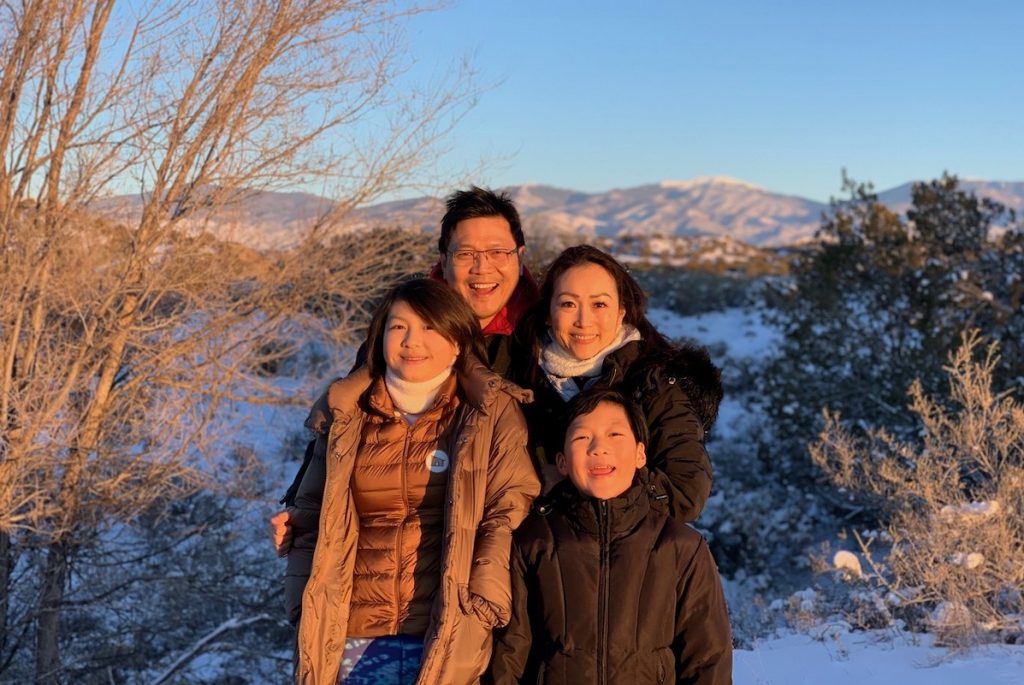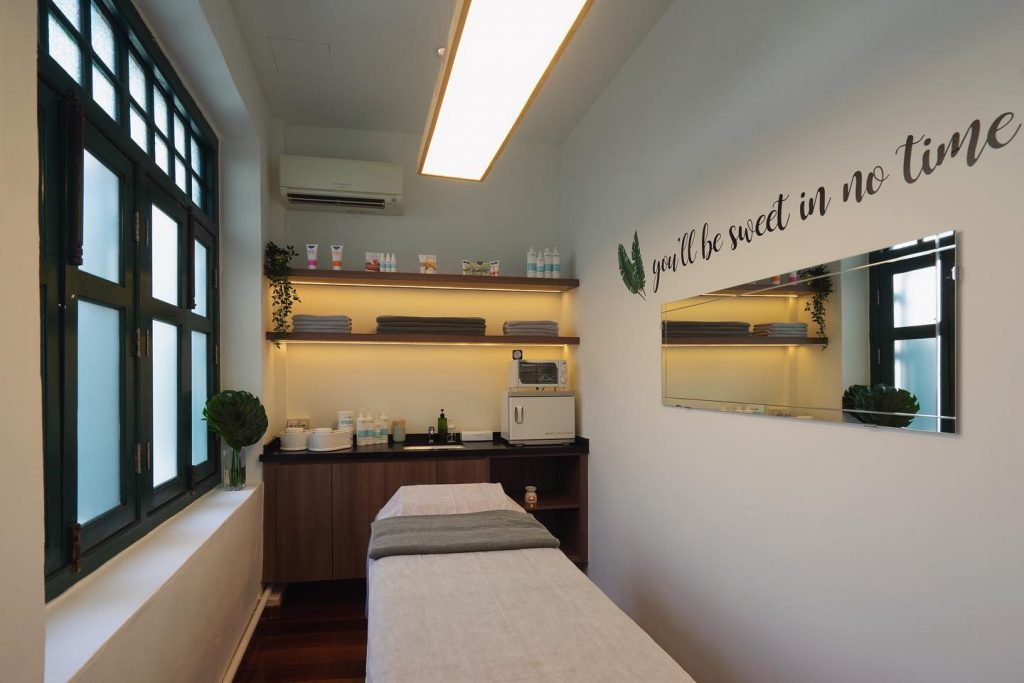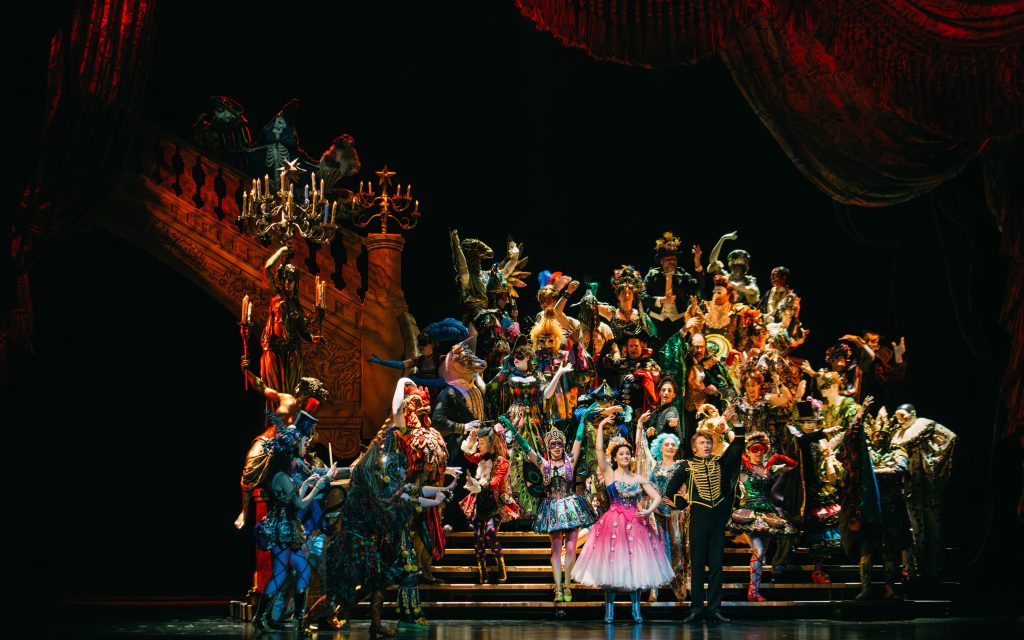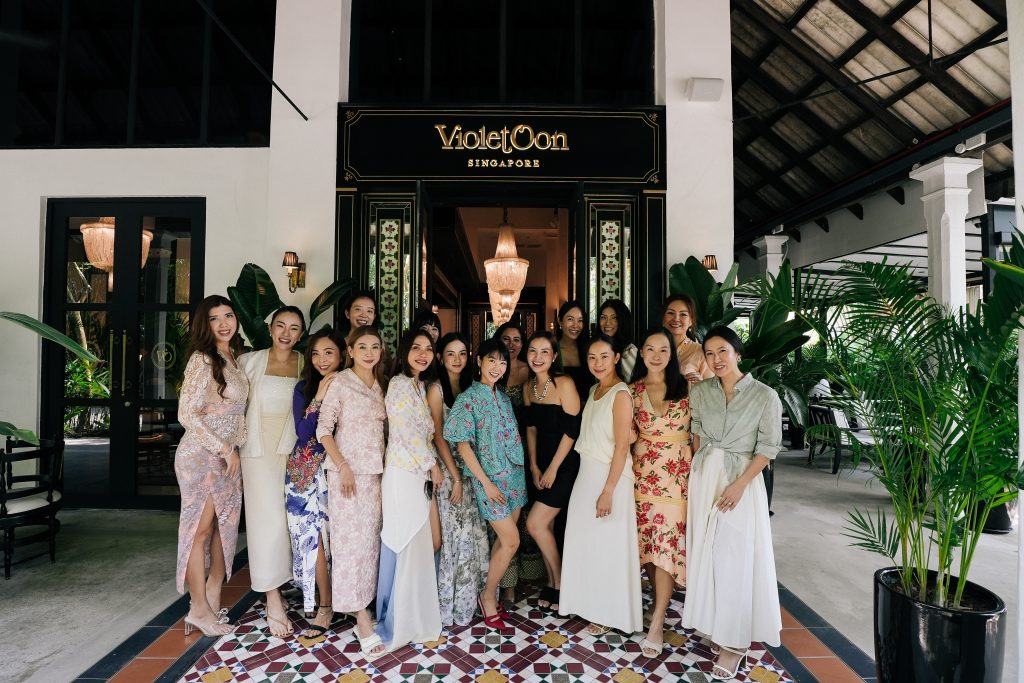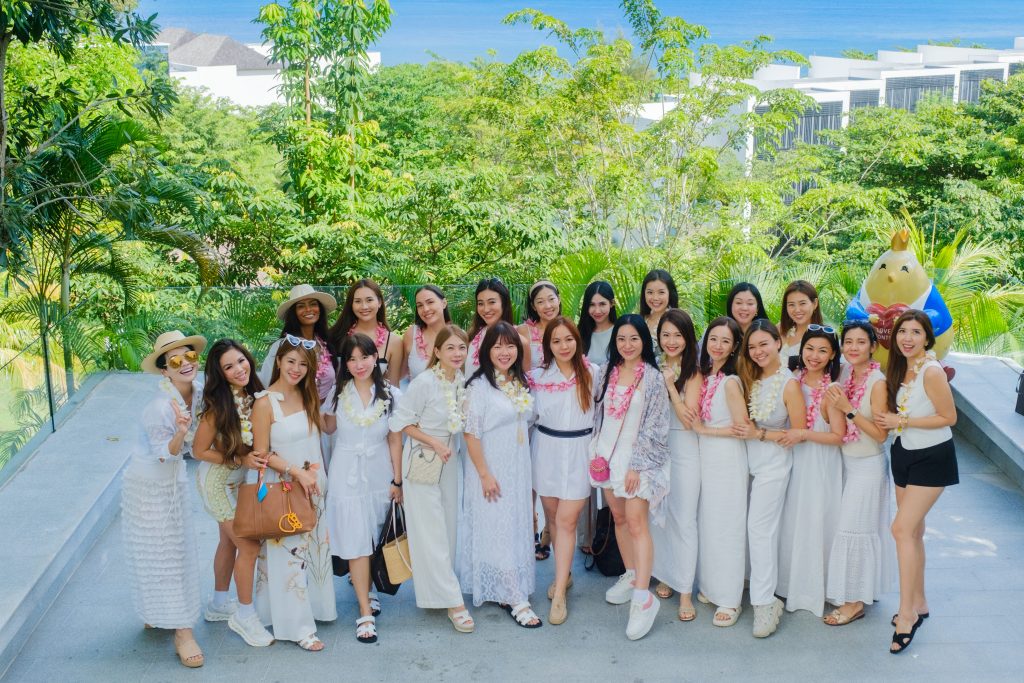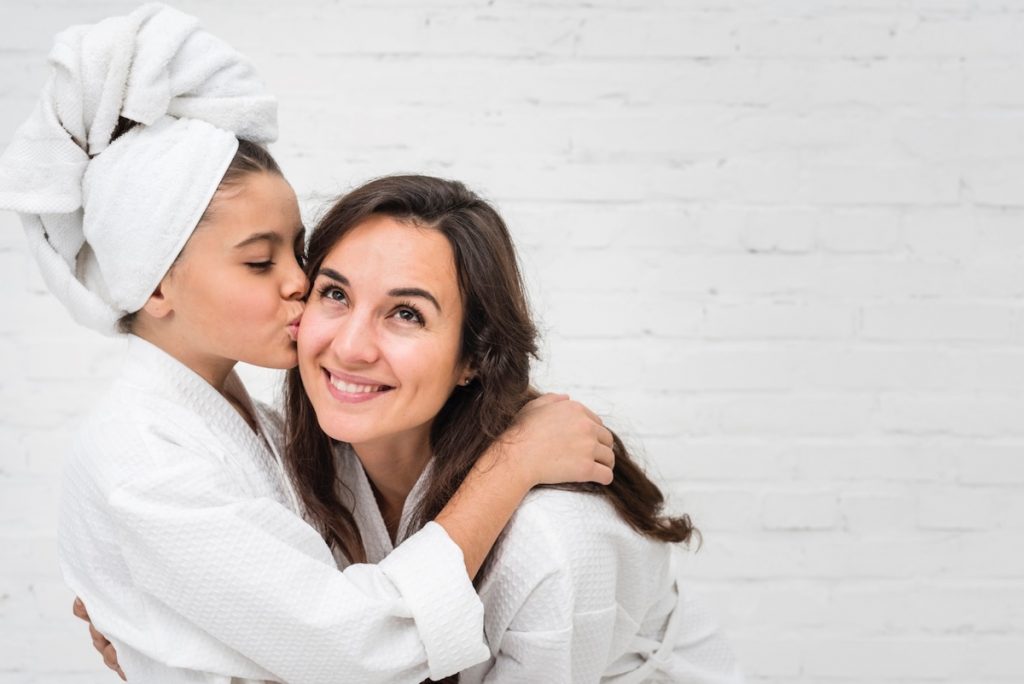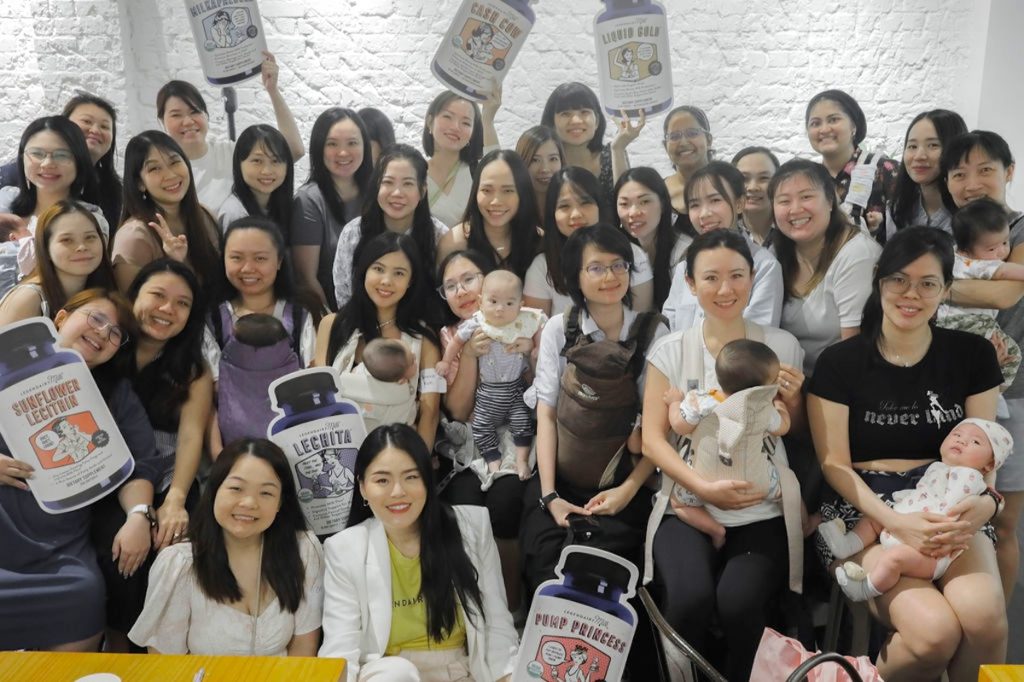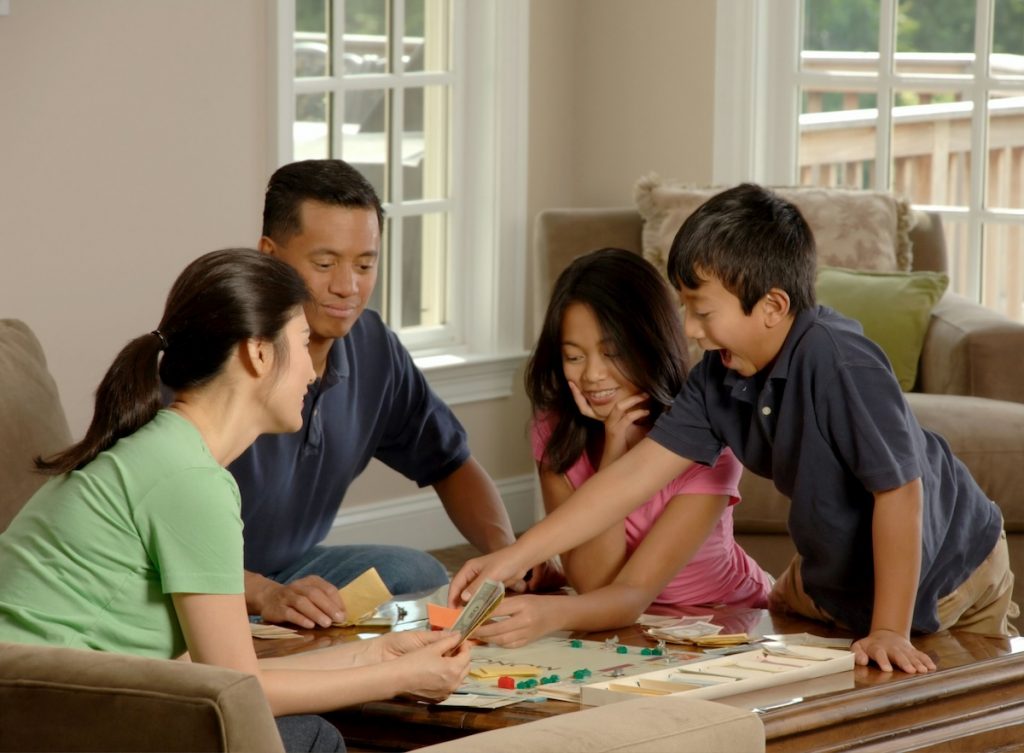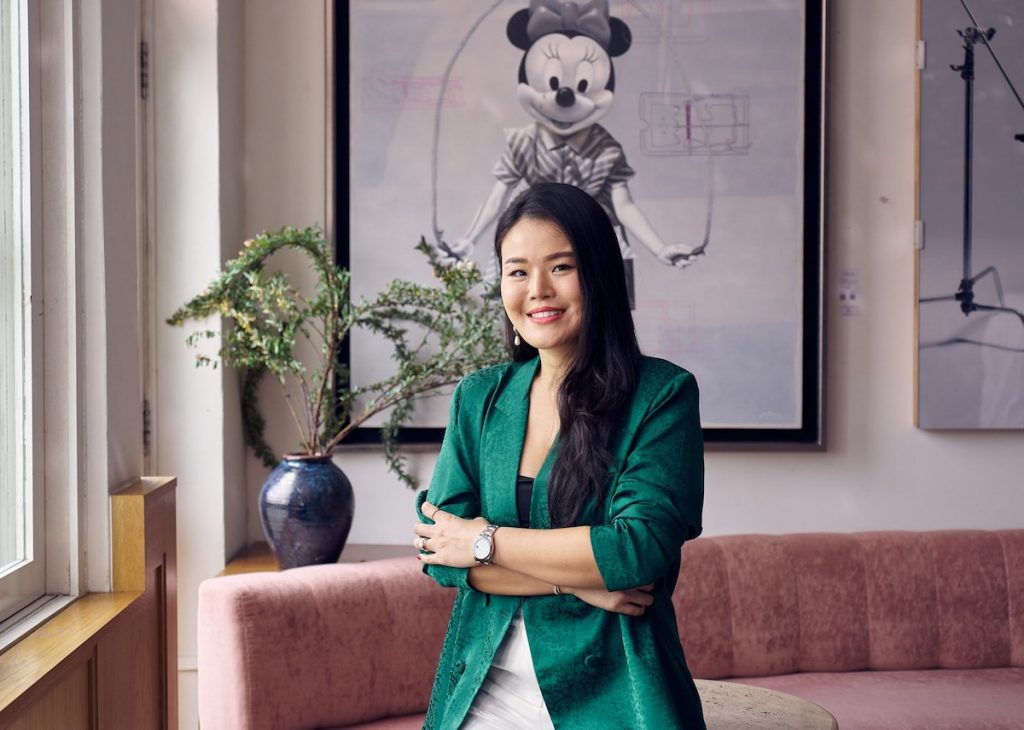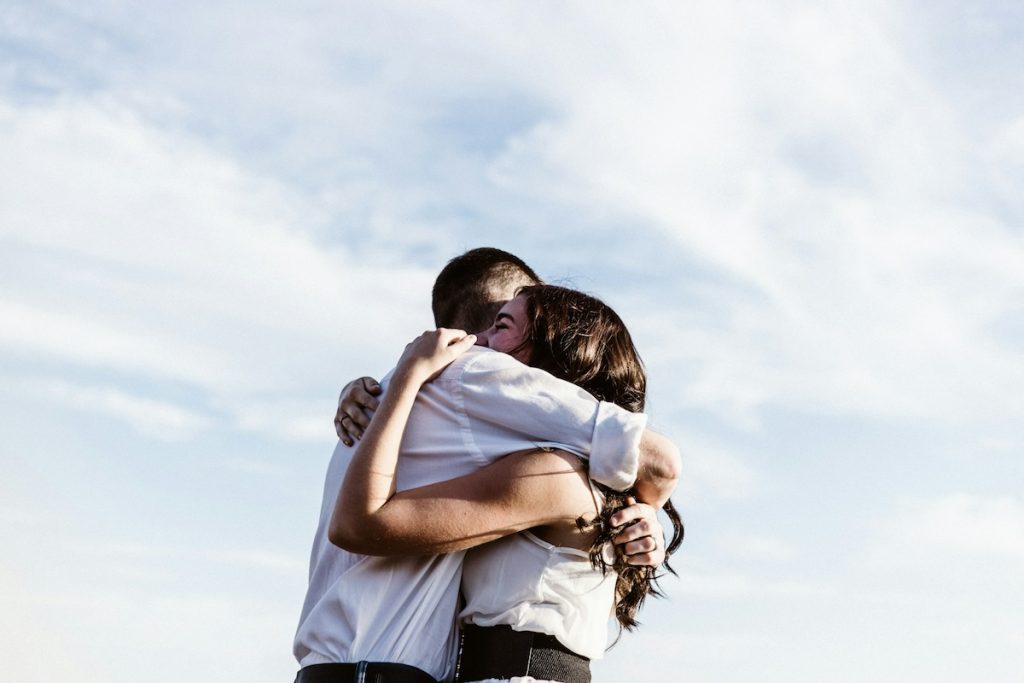In this edition of Mums We Love, we present to you, Dr. Lin Lim. She completed her primary and secondary schooling in Singapore, followed by a Bachelors in Economics, with a Minor in Environmental Studies at Boston College. She completed a Ph.D. in Human Development Psychology from Boston University. Parenting her radically accelerated profoundly gifted daughter, and profoundly gifted twice-exceptional Autistic son led to her motivation and drive to increase her knowledge in these areas. She completed a Graduate Academic Certificate in Twice Exceptional Education from Bridges Graduate School of Cognitive Diversity in Education. In addition, she also holds a Graduate Academic Certificate from Johns Hopkins University Graduate School of Education for Mind, Brain, and Teaching. She is currently the Dean of Students and Communications at Bridges Graduate School of Cognitive Diversity in Education.
Tell us a little about yourself and your growing up years.
I have two siblings, a younger brother and sister. Coming from a traditional Chinese family and we spoke Mandarin at home. Growing up, my mum played the traditional family role of overseeing our education. I went through “kaisu” parenting during my childhood years. She signed me up for many activities like Art, taekwondo, piano, dance, swimming, badminton and more. My parents began playing badminton and soon, it became a family affair. It is one of my fondest memory growing up. Badminton became my primary sport and activity throughout secondary school and junior college. My second fondest family memory involved playing board games. I’ve always wondered about the ‘what’ and ‘why’ I had to study the subjects I did while growing up. As well I also pondered upon what is our purpose in life.
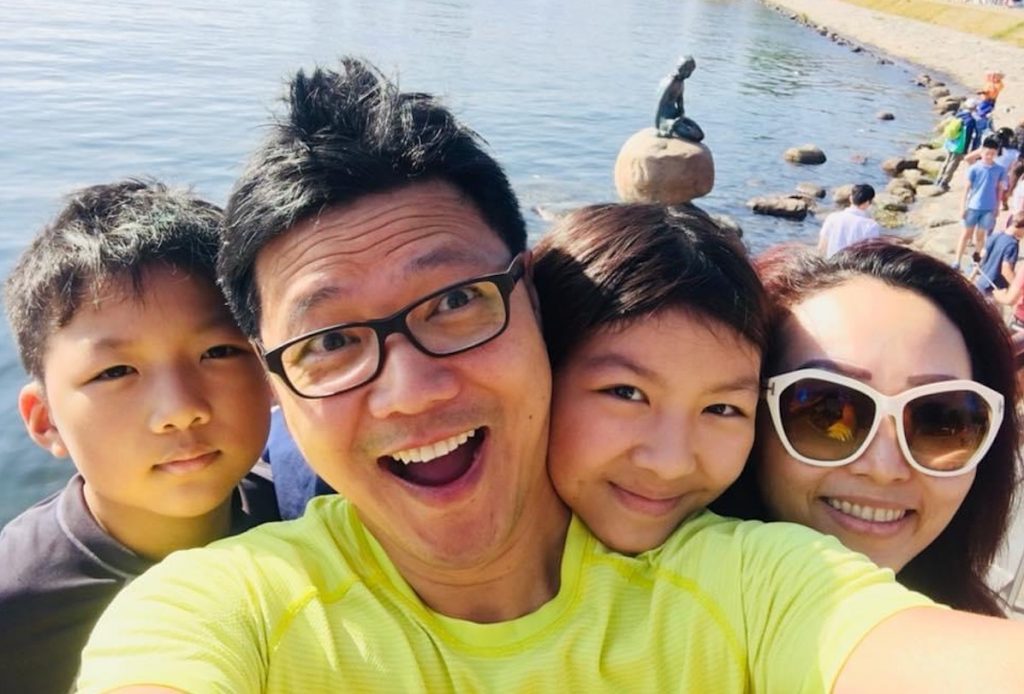
How many children do you have and how old are they now?
I have two children; a 16+ year old daughter and 14+ year old son.
How will you define your parenting style? Share with us!
My parenting style has changed dramatically over the years. It has moved from a more traditional (“I have more experience, I am an adult so I know better”) to the current “positive collaborative strength-based” parenting.
- Positive = focus on finding and acknowledging positives in our children, ourselves, and our relationships (no matter how small) daily.
- Collaborative = parenting requires both parties to work together. It is relationship-based. In other words, the parent-child pairing and interaction is the focus and not based on either the parent or the child. How can we work together? Through finding and focusing on our strengths.
- Strengths-based = finding our strengths and how to work together to increase experiences of positivity and success for our children and ourselves. An often misapplication of strengths is the pairing of a child’s strength with deficit area/s. This pairing of strengths to work on deficit area/s in your child may end up diminishing strengths or interests while increasing feelings of negativity.
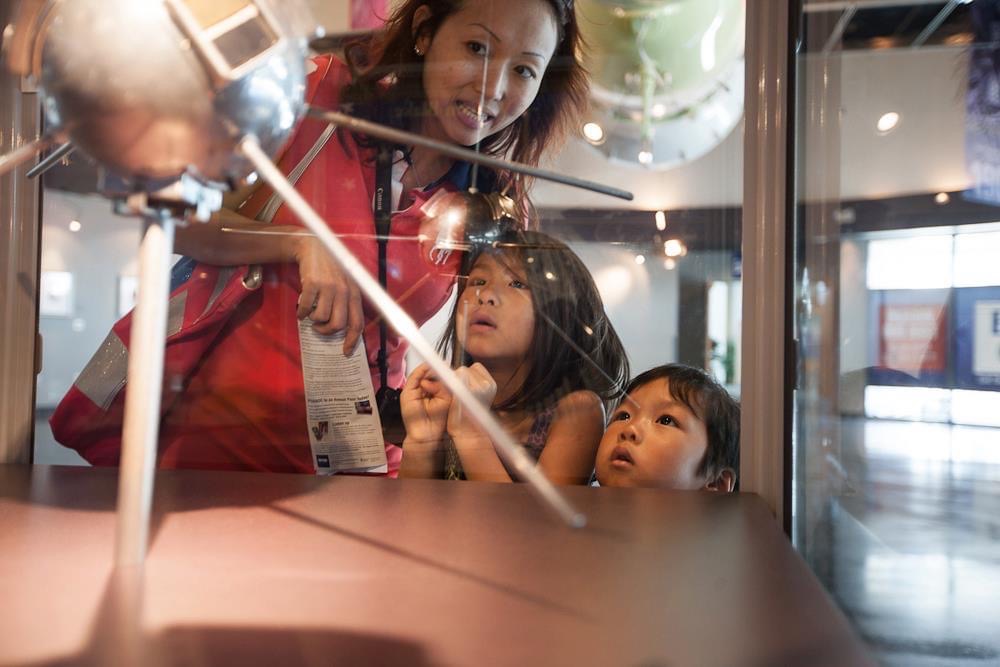
How would you define a ‘gifted’ individual?
There are many definitions of “giftedness ”. I like Howard Gardener’s view on giftedness. He defines it as “significantly above average in one or more areas including linguistic, kinesthetic, visual-spatial, interpersonal, intrapersonal, musical, logical, naturalistic, and so on”. There are qualitative differences when one is significantly beyond the average in one or more areas. Such individuals experience the world differently such differences are not “better” or “worse”.
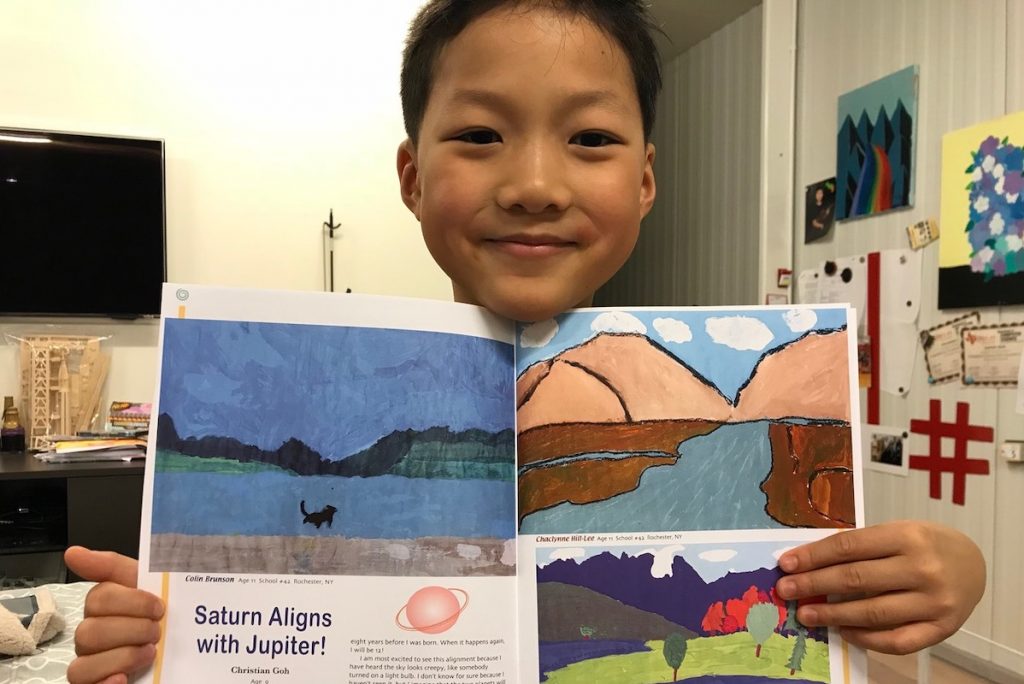
What does twice exceptional mean?
The term twice-exceptional is derived from the academic discourse of individuals who are gifted and simultaneously also possess complex challenges. These include physical, psychological, and/or mental challenges. In other words, twice-exceptional refers to an individual who is significantly above average and also below average in one or more areas. It also defines an individual whose discrepancy between the highest ability and a challenge area is beyond the expected range. Twice-exceptional individuals are complex. They flow dynamically between three states: gifted compensating challenges, challenges overshadowing gifts, or gifts and challenges canceling each other out. What is a defining feature of twice-exceptionality is temporal inconsistency in performance. They are often misunderstood by others and themselves, they know they are different, but do not understand why and how.
Tell us about your current role at Bridges Graduate School of Cognitive Diversity in Education.
I am currently the Dean of Students and Communications at Bridges Graduate School of Cognitive Diversity in Education (BGS). BGS is the first graduate school program that specializes in twice-exceptionality. My role is to oversee the welfare and academic success of our worldwide diverse adult learners in our program. I am blessed to be part of this new programme that fosters students’ sense of community, belonging, and engagement. It presents complex challenges, but gives me opportunities to make positive impacts.
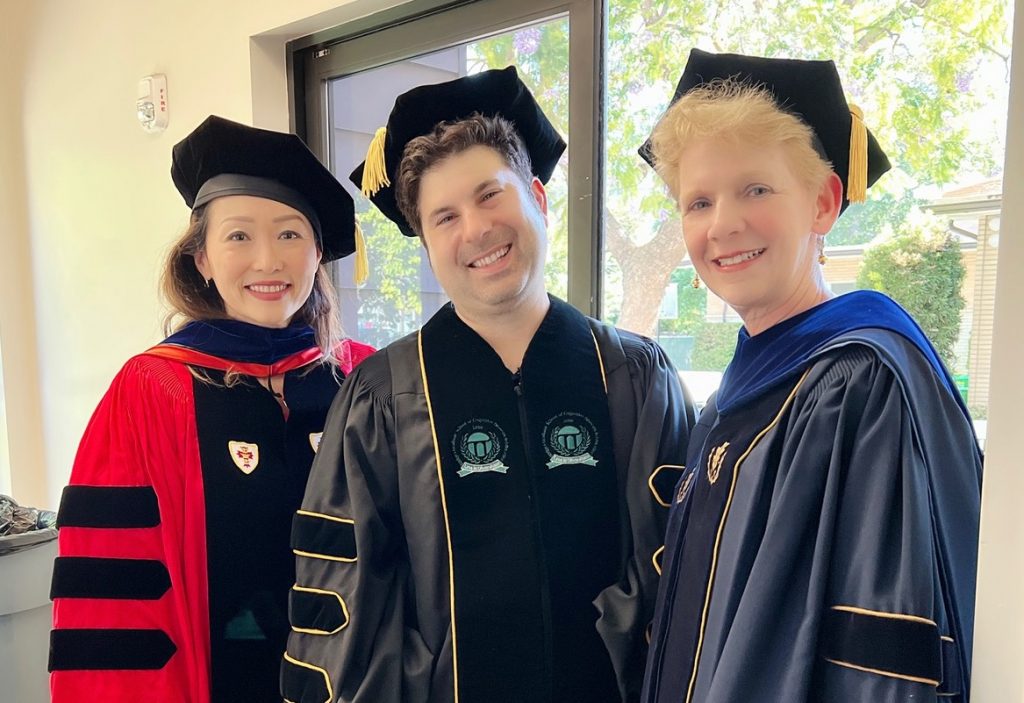
Tell us more about your latest non-profit project, Quark Collaboration. What exactly is it? What led you to set it up?
I started Quark Collaboration as a non-profit with the mission to further holistic human development across our lifespan. We are all complex, and unique yet connected between humans and to our larger world. Who we are at any moment reflects our past, our history, and our physical and mental resources. As a parent with two complex outlier children, I was always bothered by the lack of continuity and consideration that all humans pass through certain general trajectories during our lifespan. Skills, expectations, and resources often do not match or align between kindergarten, Junior College, university and higher education years. This goes on to our workplace, creating a family, parenting, and so on. Quark Collaboration was created to connect and provide lifespan resources to companies, individuals and families who are aligned with our mission and vision.
You just published a children’s book titled “C for Curiosity”. We love to hear all about it!
C for Curiosity is a photo journey written through the lens of my son, a cognitively diverse, gifted multi-cultural child. This book aims to leverage a child’s curiosity as a bridge to dialogue and understanding. As well, it also celebrates the beauty and wonder of different minds, perspectives, and subjective lived experiences. This photo book includes 34 pages of carefully curated personal family photos collected over the years. The photos are paired with rhythmic lyrical phrases and original pieces of artwork created by my twice-exceptional Autistic son. Furthermore, it is an invitation for readers to discover, rediscover, and marvel at the collective richness found when we open our minds. This is achieved through active engagement in being curious and wondering why, how, what, who, and when.
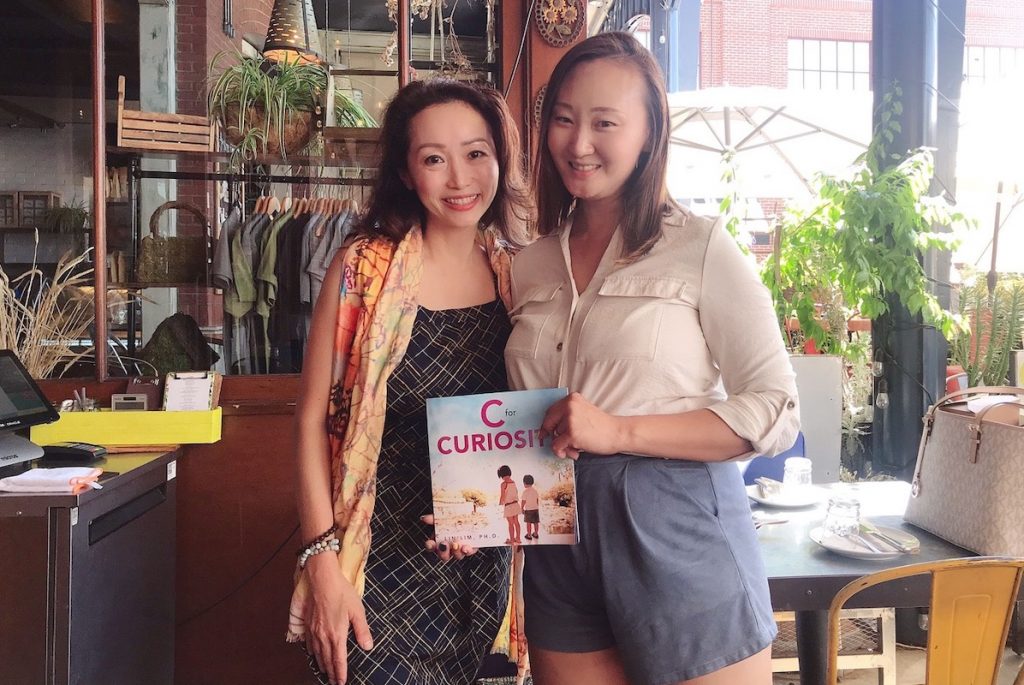
The idea for this photo book came about as I considered psycho-developmentally safe mediums to spark collaborative dialogue. It was also to create awareness, understand and support complex outliers at early ages. I’ve carefully selected visual elements of the book so that readers of all ages can continue to revisit, reflect, and engage meaningfully with the material over time. I hope that by being brave and openly sharing our family’s personal story, through genuine photos and art, not only highlights but nurtures relational aspects of our psyche and lifespan journey.
Why did you decide on a photo journey as opposed to words for the book?
Visuals are easier for most to recall. What’s more, it gives a voice and way to engage, share, and reflect on their own experiences and journey. As well, I also wanted to share concrete examples of the juxtaposition of human variability in strengths and challenges within a twice-exceptional child.

Your son’s paintings featured in the book are simply mind-blowing. What thoughts went through your mind when you first saw them?
The following two sentences my son used to tell me came to my mind when I first saw his “messy art”. He says he can only to do “messy art” (due to his dysgraphia). He said, “I can’t tell you how I feel, I have no words to describe them [feelings].” Christian had composed a violin and piano duet titled “Fly in Amber” at seven years old. In addition, he created custom music to fit a LEGO video he created with his dad. As well, he had several publications and Honour rolls in Stone Soup magazine (children’s magazine for ages six to 13).
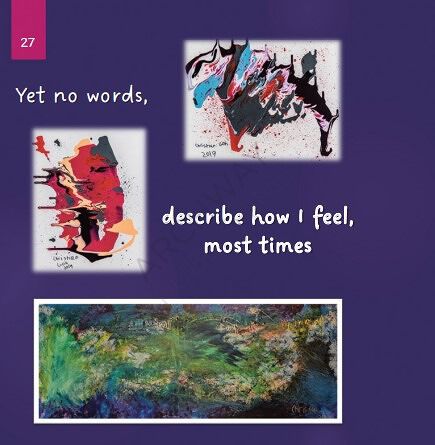
The second sentence he said was, “Hard things are easy for me, easy things are hard for me.” He still has significant difficulty tying his shoelaces and handwriting is still very challenging for him.
What is your greatest challenge in raising children who are gifted outliers?
My children are both gifted outliers and they are very different. The dynamic nature of their individual mind-body-brain interactions with the environment makes it difficult to predict with certainty what will happen next. The ability to find them peace, acceptance, and positive hope (no matter how much we try to anticipate) are the greatest challenges.
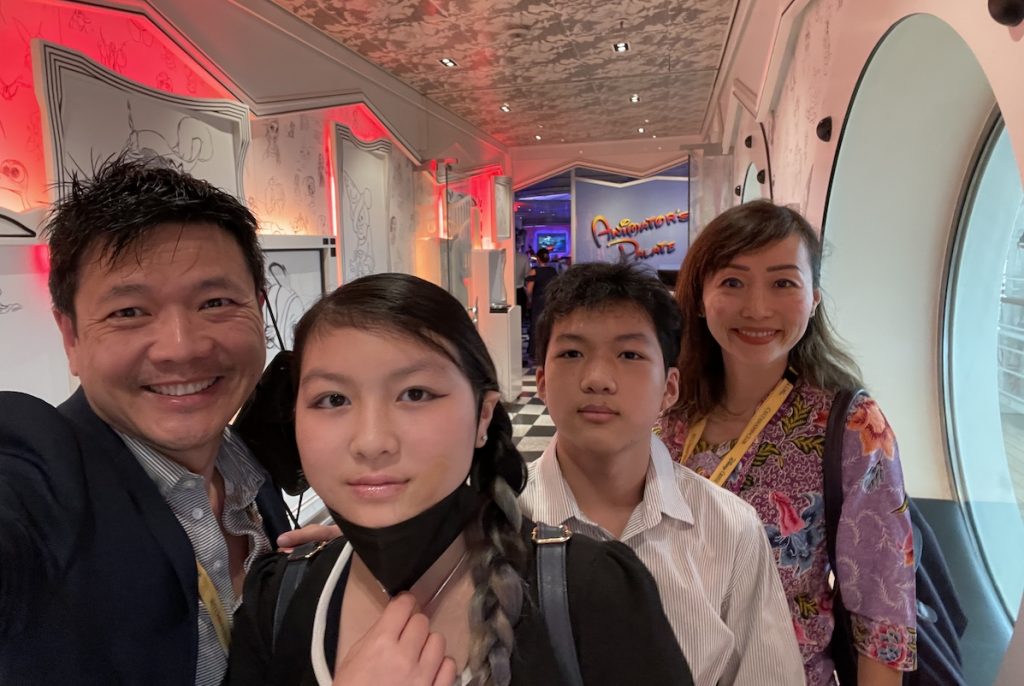
How can we, as parents, support and safeguard our children’s learning and mental wellness?
We process incoming information through the emotional parts of our brain (unconscious) before it gets processed by our prefrontal cortex (conscious). That means that safety (physical and emotional) plays a key role and is a prerequisite for learning and wellbeing. I use wellbeing without the hyphen to indicate the tight link between our mind, body, and brain.
Physical safety is simpler and more concrete, while emotional safety is often subjective. Observing, learning, and listening to what your children are communicating to you through words, body language, and behaviours are ways parents can figure out how to promote emotional safety. This is a process that requires consistent re-assessment as we change and adapt over time.
Parents and family are the facilitators of a lifelong source of physical and emotional safety for our children. When you are in conflict with your children, keep referring back to what’s most important – that only parents and family can provide for your child/ren.
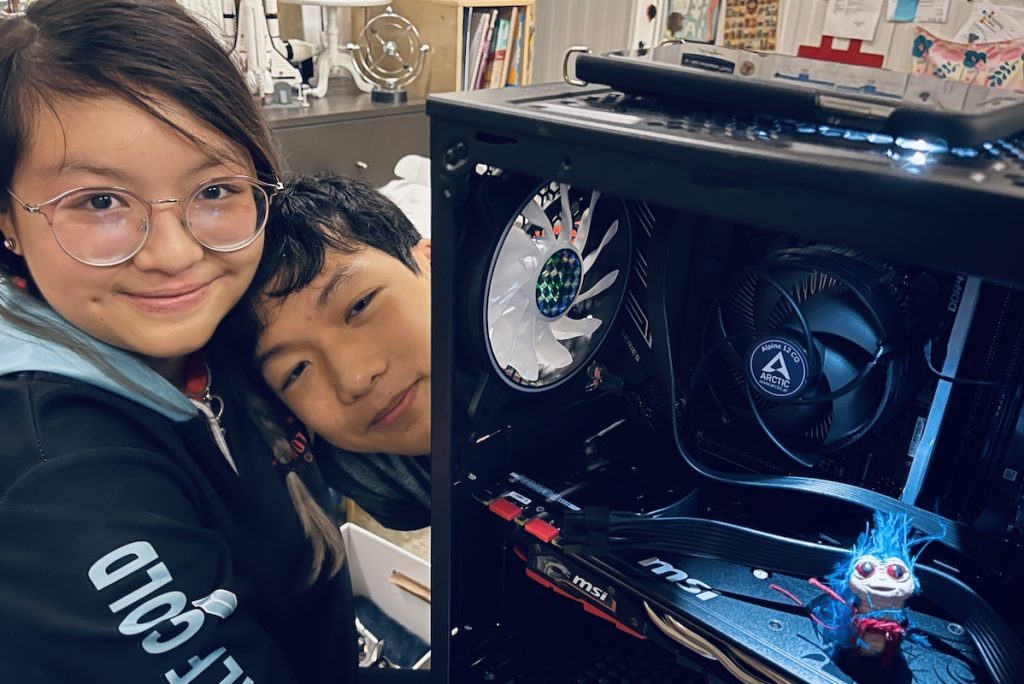
My proudest achievement in my work with gifted families, learners, and education is…
Being a translator connecting personal experiences, academics, and research into holistic lifespan practical applications.
One activity I love doing with my children is…
Having dialogues with them. When we dialogue, we interact for the purposes of understanding without a set end or goal to arrive at.
What’s next? Your plans for the future for both personal and work?
My work on developing N.E.S.T.! framework to bridge theory to practice that is applicable across our lifespan. I am in the editing phase of a book on N.E.S.T.! and partnering with the Gifted Homeschoolers Forum to provide holistic parenting education series and parent support using the N.E.S.T.! framework. Moving forward, I seek and share individual stories that showcase our human variability. Also, I will be working with individuals on how to find meaning and purpose through connecting and making positive differences for others.



